All living Israeli hostages released, says Hamas, as wider exchange deal unfolds
Hamas claims all living Israeli hostages have been released, with the bodies of the deceased to follow. The exchange comes amid a large-scale prisoner release and diplomatic manoeuvring, including remarks from Donald Trump claiming credit for brokering the deal.

- Hamas says all living Israeli hostages have been handed over; the bodies of deceased hostages to follow.
- Israel expects to release over 1,900 Palestinian prisoners and detainees, including children.
- Donald Trump claims credit for negotiating the ceasefire and exchange, outlining a post-conflict plan for Gaza.
Hamas has announced the release of all remaining living Israeli hostages, stating that the bodies of the deceased will be transferred to Israeli authorities at a later stage. The statement follows a day marked by coordinated transfers, emotional reunions, and large-scale detainee releases on both sides.
According to Israeli media, a second group of 13 hostages was handed over to the International Committee of the Red Cross in southern Gaza and is currently en route to Israel. Earlier in the day, seven hostages had already crossed the border into Israel, where they are undergoing medical checks and reuniting with family members.
The transfer marks a significant development in the ongoing ceasefire arrangement, part of a broader deal facilitated in part by international negotiators. Under the terms of the agreement, 20 living Israeli hostages were expected to be released on 13 October 2025. The return of the bodies of up to 28 deceased hostages is anticipated, though precise timing remains uncertain.
The release follows earlier handovers, including seven individuals freed on Monday, marking the first release under a ceasefire that brought an abrupt pause to two years of intense conflict in the Gaza Strip. Since the 7 October 2023 attack by Hamas, hostages have been a central concern in public and diplomatic discourse, with families staging regular demonstrations in Tel Aviv’s Hostages Square.
Photographs released by the Israel Defense Forces (IDF) on 13 October show several freed individuals, including Alon Ohel and twin brothers Gali and Ziv Berman, meeting Israeli soldiers in the Gaza Strip. The images offer a rare, candid view into the moments immediately following release from captivity.
In parallel, Israel is set to release over 1,900 Palestinian prisoners and detainees as part of the agreement. Among them are 250 prisoners and 1,700 detainees from Gaza, including 22 children. Families of the detainees have gathered outside Ofer Prison in the occupied West Bank in anticipation of their relatives’ release.
According to reports, about 100 detainees are to be released to the West Bank, with others scheduled for deportation to Gaza, Egypt, or release into East Jerusalem. However, the list of those released does not include several high-profile individuals demanded by Hamas, including Marwan Barghouti and Ahmad Saadat. Last-minute negotiations failed to secure their inclusion.
The deal has drawn international attention, not least due to the involvement of former US President Donald Trump. Speaking aboard Air Force One before landing in Tel Aviv, Trump repeatedly claimed credit for brokering the exchange deal and the ceasefire.
“Everybody is happy, whether it’s Jewish or Muslim or the Arab countries. Every country is dancing in the streets,” he said, describing the hostage release as “amazing”.
When asked about the crowd in Hostages Square, some of whom booed US envoy Steve Witkoff for mentioning Israeli Prime Minister Benjamin Netanyahu, Trump responded, “I also saw the crowd cheer when he mentioned Trump, like really cheer, and it’s an honour.”
Trump avoided direct answers on the next steps for Gaza’s governance, but reiterated his plans for a post-conflict administration. This includes the proposed International Stabilisation Force (ISF), which he described as a “big, strong force” that would “barely” be needed due to improved regional discipline.
He also announced intentions for a “Board of Peace” to oversee Gaza’s governance, claiming that “everybody wants to be a part of it” and that implementation would begin “very quickly”. However, Hamas has already publicly dismissed the idea, and the proposal remains subject to further negotiation.
The wider implications of this exchange—both humanitarian and political—are likely to reverberate in the coming weeks. While the current ceasefire and release represent a breakthrough, questions remain over the long-term stability of the arrangement and the governance structure proposed for post-war Gaza.

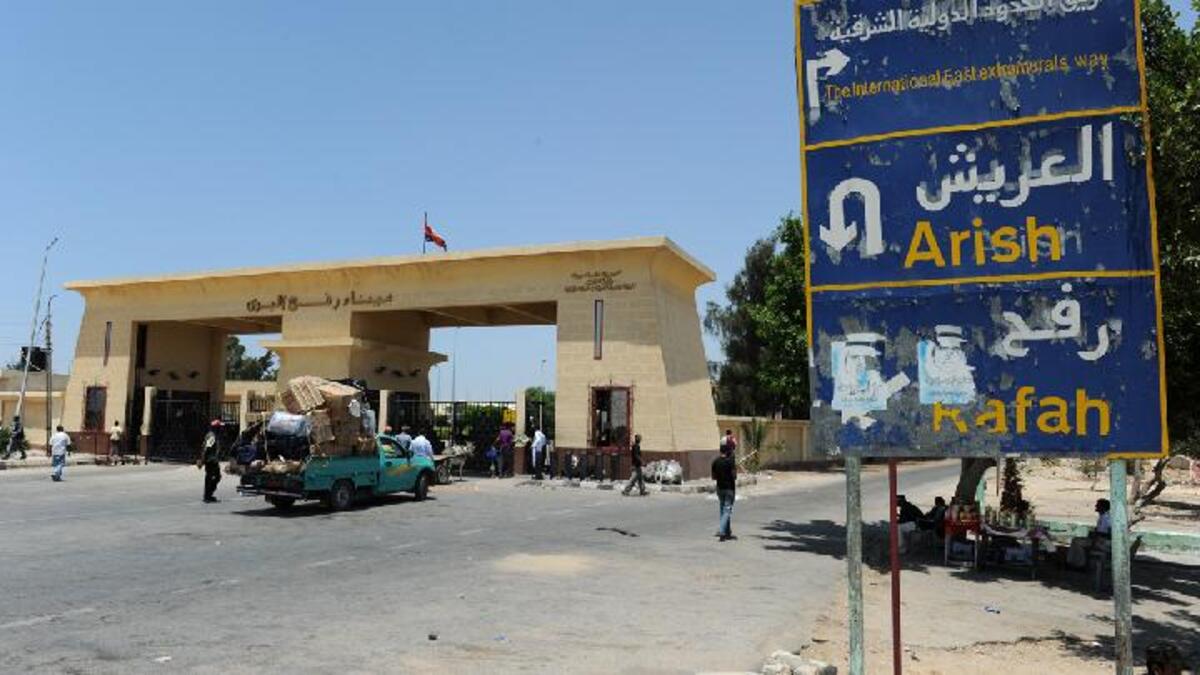
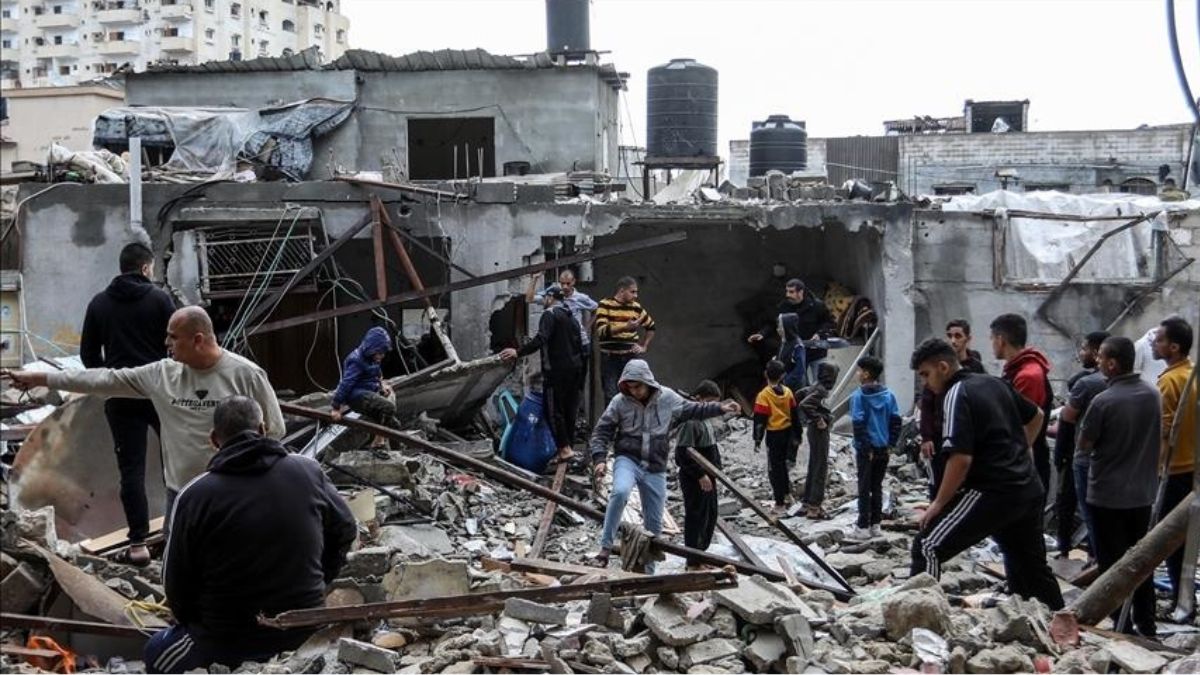
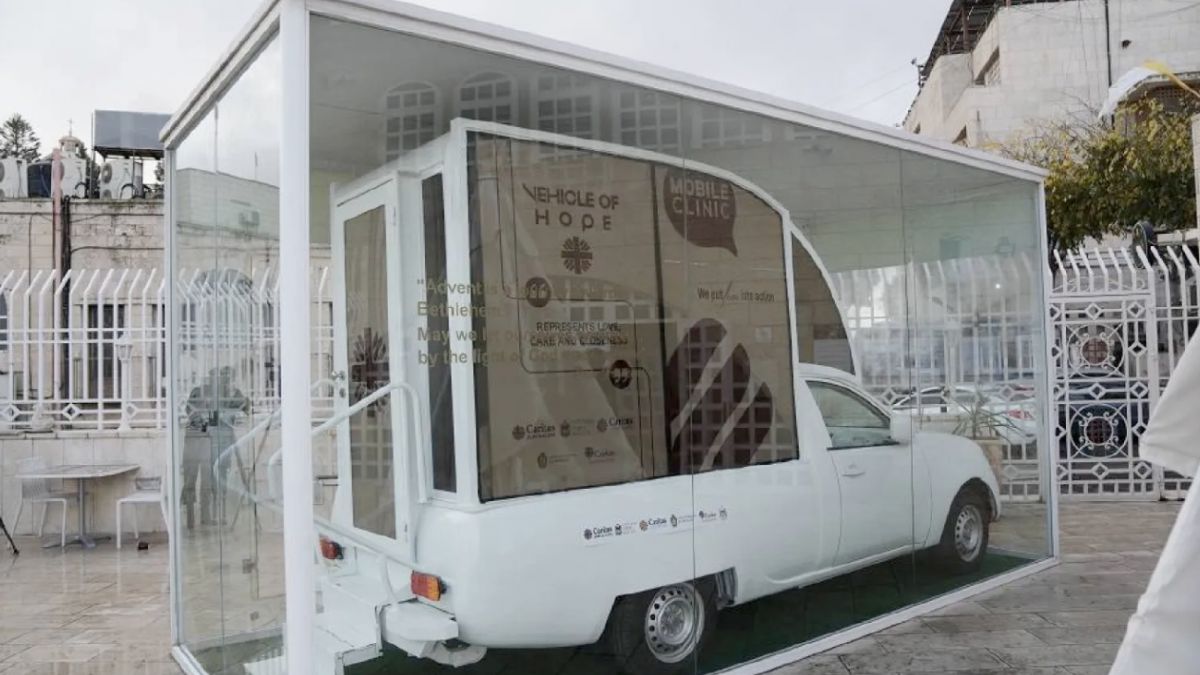
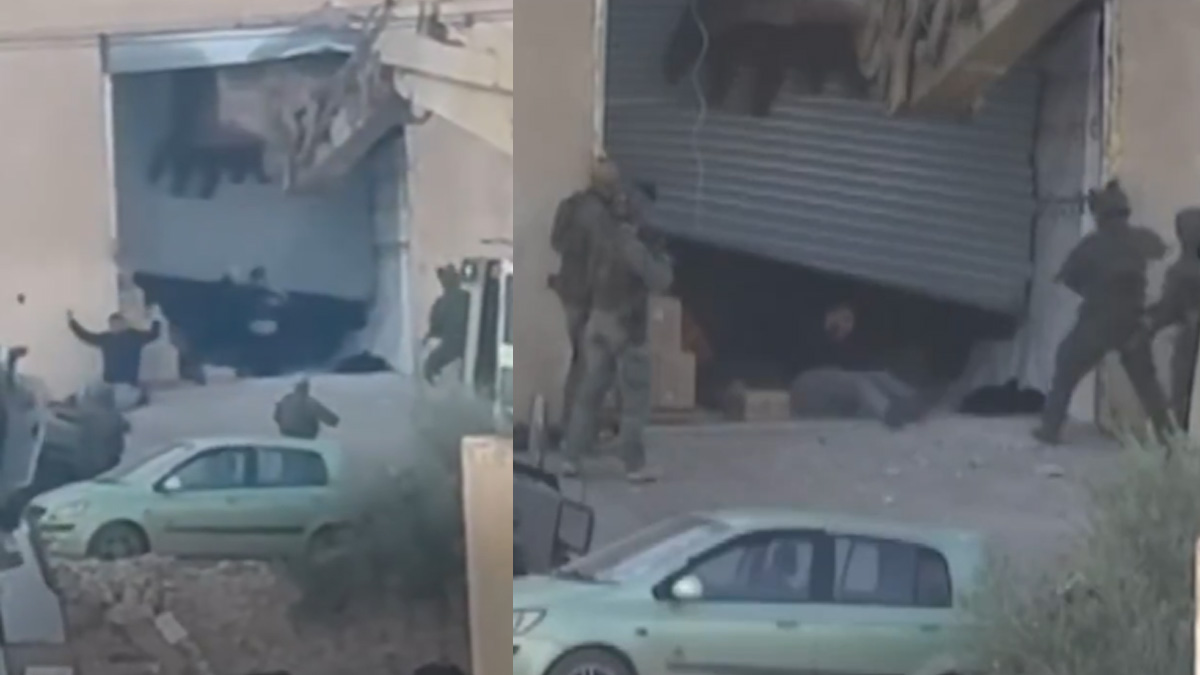

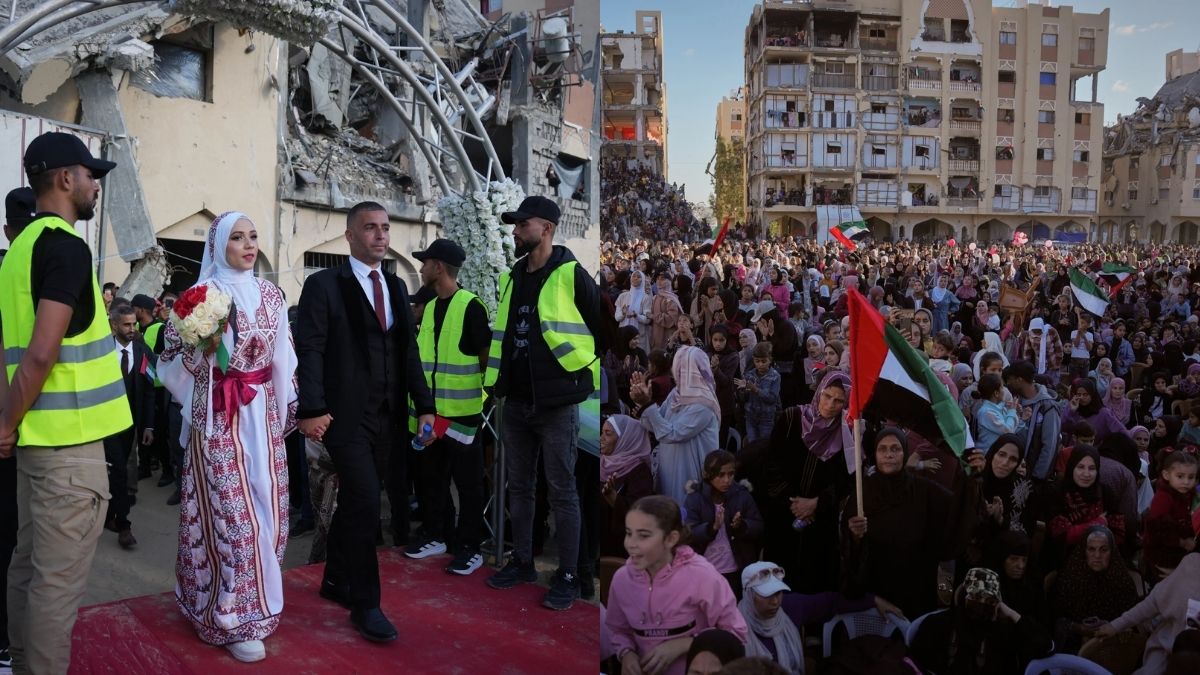
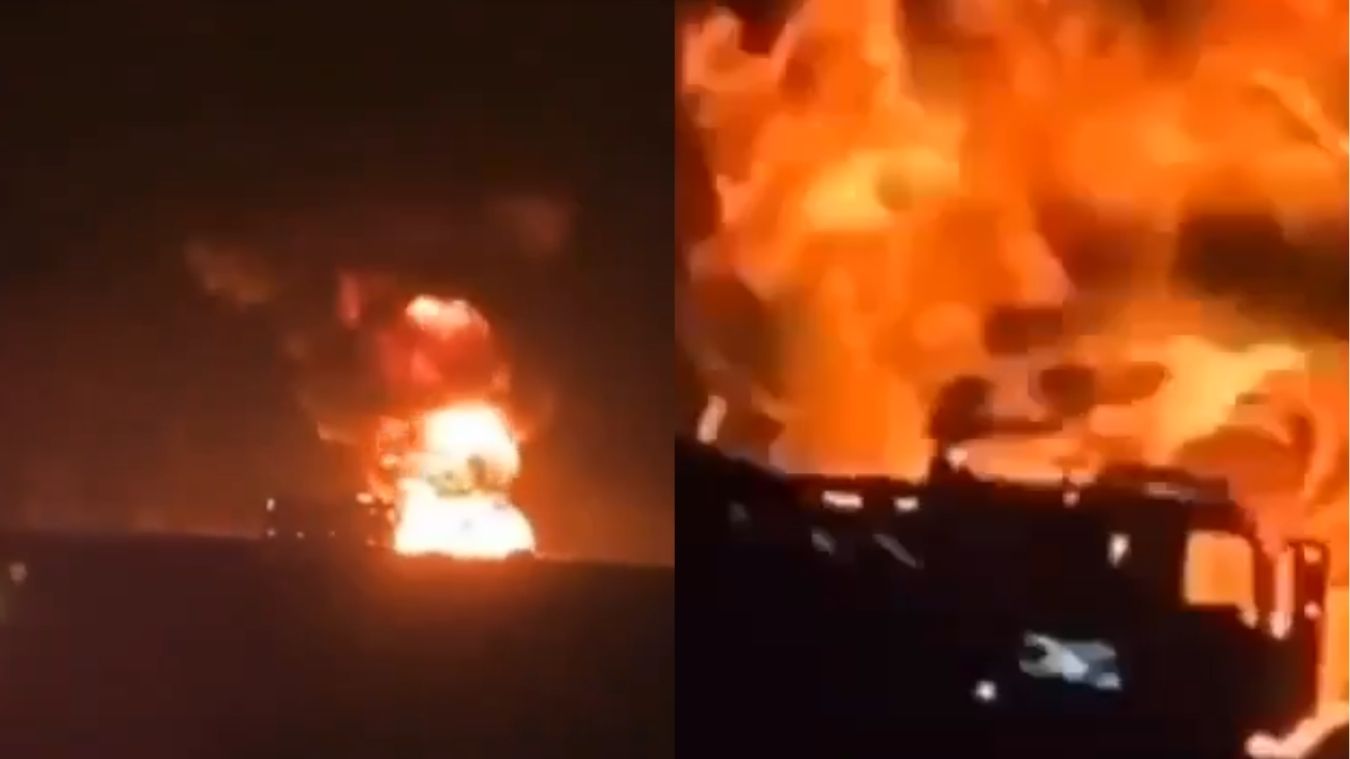
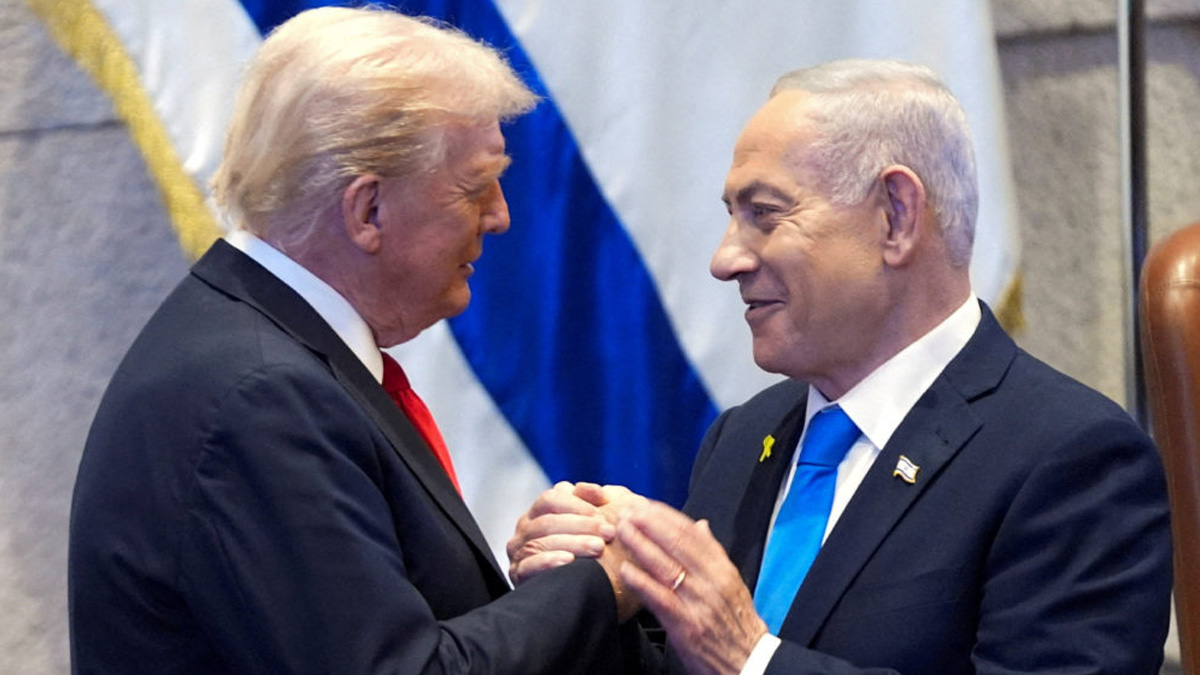
0 Comments